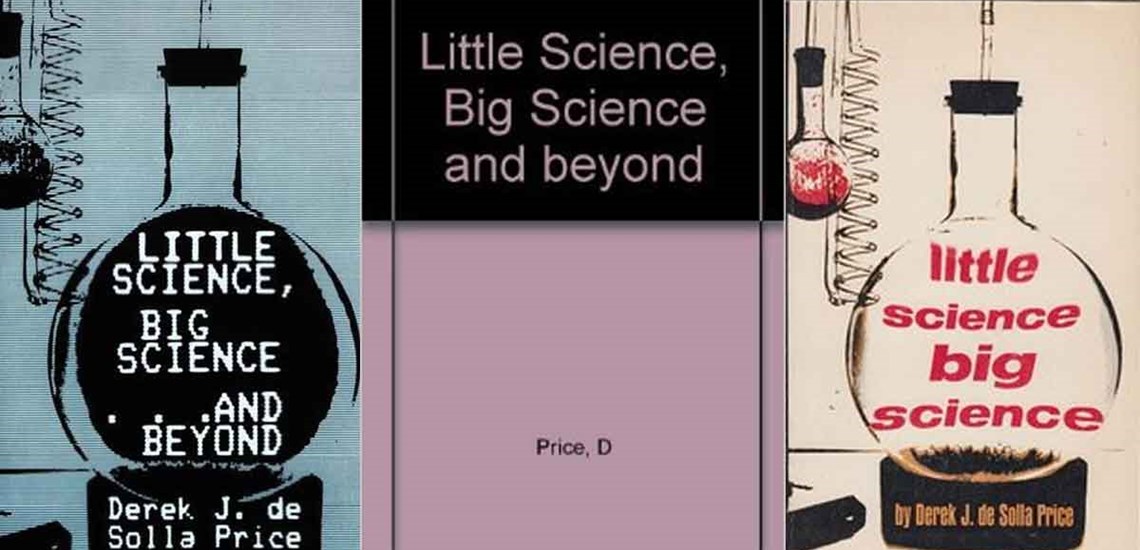Cassidy Sugimoto is Professor at the School of Informatics and Computing at Indiana University Bloomington. She researches within the domain of scholarly communication and scientometrics, examining the formal and informal ways in which knowledge producers consume and disseminate scholarship. She has edited and co-edited four books and has published numerous journal articles on this topic. Her work has been presented at numerous conferences and has received research funding from the US National Science Foundation, Institute for Museum and Library Services, and the Sloan Foundation, among other agencies. Cassidy is actively involved in teaching and service and has been rewarded in these areas with an Indiana University Trustees Teaching award (2014) and a national service award from the Association for Information Science and Technology (2009). She served as the President of the faculty at Indiana University in 2015-2016 and is currently serving as President of the International Society for Scientometrics and Informetrics. Cassidy has an undergraduate degree in music performance, an M.S. in library science, and a Ph.D. in information and library science from the University of North Carolina at Chapel Hill.
Welcome to the next generation of the Society!

In 1963, Derek de Solla Price published a “prologue to the science of science” in his much lauded work, Big Science, Little Science. Price, a British physicist and historian of science—called for a field that would turn “the tools of science on science itself”. He demonstrated the utility of a quantitative approach to science studies for understanding the progress, as well as the structural and political properties, of science. In that same year, Eugene Garfield released the first Science Citation Index. The theories of Price and the infrastructure of Garfield provided a fertile ground for the establishment of a field of quantitative studies of science.
Scientometrics quickly began to grow the trappings of a scholarly field: academic centers, journals, and professional societies. Critical early developments included the establishment of the Information Science and Scientometric Research Unit at the Library of the Hungarian Academy of Sciences and the launch of the journal Scientometrics in 1978, by Hungarian chemist Tibor Braun. The subtitle for the journal was illustrative of the breadth of the field: “an international journal for all quantitative aspects of the science of science, communication in science and science policy.”
By the 1980s, the field was large enough to warrant a meeting of the minds. The first conference, in 1987, was hosted by Leo Egghe in Belgium. In 1993, at the International Conference on Bibliometrics, Informetrics and Scientometrics in Berlin, the community voted to establish a Society dedicated to supporting the field. The International Society for Informetrics and Scientometrics (ISSI) was formally incorporated in 1994 and elected Dr. Hildrun Kretschmer as the first president.
The field has greatly expanded—in data, methods, and perspectives—over the last two decades. This expansion has been fueled, in no small part, by the obsession for metrics among academics, administrators and policy makers alike. This fervor for metrics makes it imperative that scientometricians have a seat at the table in policy conversations and public debates on matters of relevance. We need to ensure that metrics are being employed responsibility and with full knowledge of the caveats and limitations. This requires visibility.
Our new website is a response to this much needed visibility. It is with great pleasure—and with thanks to the designers at CWTS—that I unveil the new ISSI website. We are a society that advocates for transparency, communication, and openness in science. To do this, we needed a platform that reflects our vibrancy and the contemporary relevance of the Society.
The redesigned website provides information on our conferences, publications, and awards. You can also use this website to join ISSI or renew your membership (seamlessly with a credit card, if you desire). The infrastructure of the website also allows the Society to construct more rapid membership lists, in order to stay in communication with our members. This blog will also serve as a communicative tool—to provide updates on awards, conferences, and other relevant issues for the Society. Most importantly, our revamped website provides functionalities to respond to the rapid developments in the field and to network with the increasingly diverse and international community of scholars following Price’s plea to study science scientifically. Welcome to the next generation of the Society!
